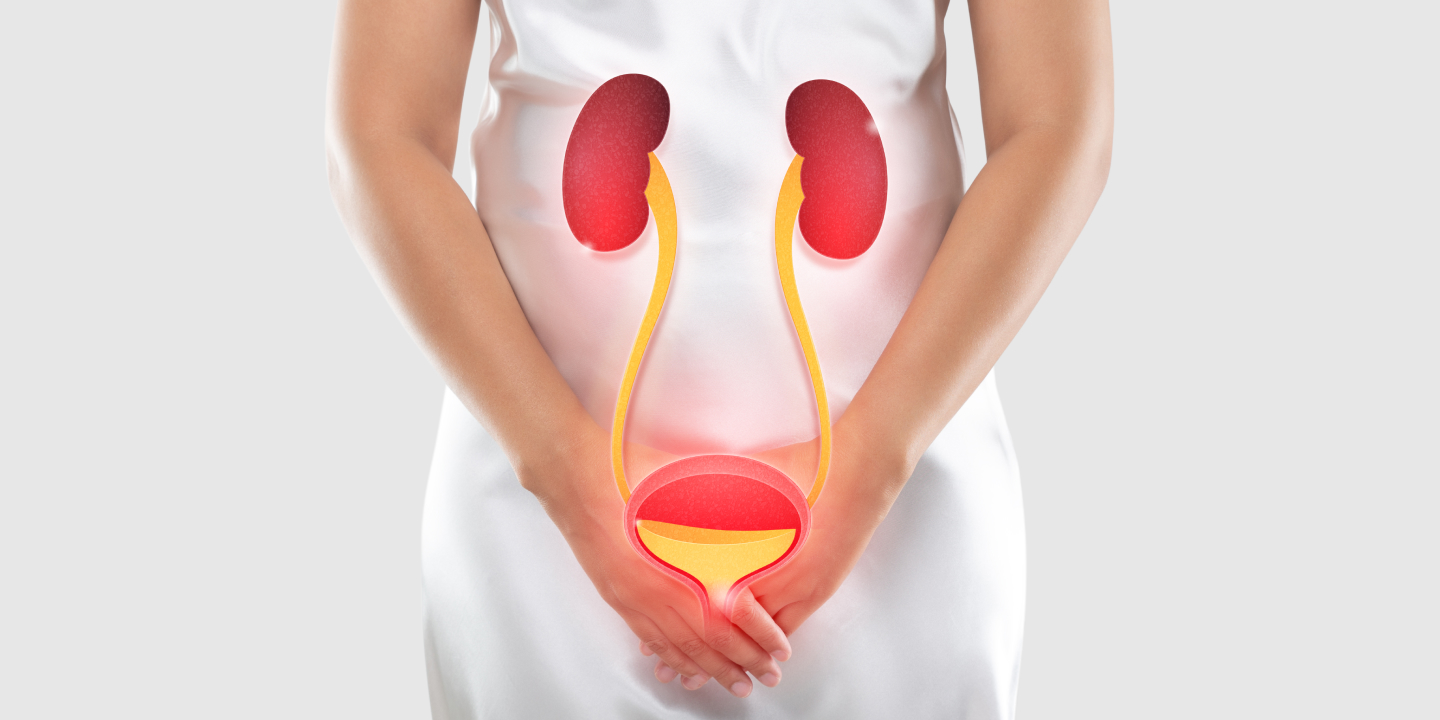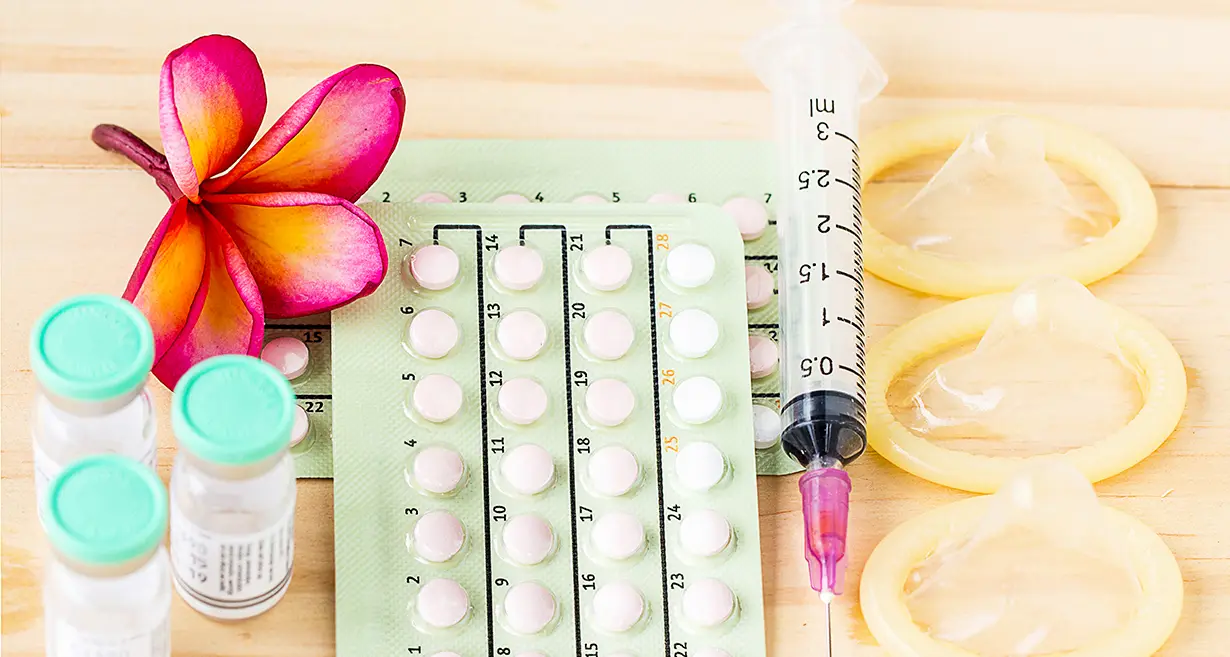
A clear, whitish, or off-white fluid that leaks from your vagina on and off is called vaginal discharge. It aids in lubricating and cleaning your vagina as well as preventing infection and harmful germs. Vaginal discharge is a typical and natural procedure, but unusual changes to this watery discharge could indicate an infection or even illness.
In this Article
What Is Normal Vaginal Discharge?
- Watery vaginal discharge should typically be white or transparent. It shouldn’t have any scent that is unpleasant, and its thickness may vary from period to period and with the time of your monthly cycle. The following are additional aspects of what watery vaginal discharge can be like:
- Texture: Vaginal discharge can vary in consistency from watery and sticky to gooey, dense, and pasty.
- Color: Vaginal discharge that is clear, milky white, or off-white is considered healthy and is not a reason to worry
- Smell: Normal vaginal discharge might have a smell, but it shouldn’t be overpowering or disagreeable.
- Varying in quantity: Vaginal discharge is produced by different individuals in varying quantities. How much vaginal discharge you have can vary depending on a number of variables, including ovulation, pregnancy, and the use of birth control pills.
What Does The Color Of Vaginal Discharge Signify?
Your vaginal discharge’s color may indicate a problem:
Green, grey, or yellow: Discharge that is yellow, grey, or green may indicate a bacterial or sexually transmitted illness (STI).
Brown or red: Watery discharge during pregnancy (implantation bleeding), or an irregular period may typically be brown or crimson. If your discharge is dark or red-tinged but you are not on your period, there may be an issue.
Clear or white: Clear, white, or off-white vaginal secretion is the indicator of a normal discharge. It could be a yeast infection if your discharge is white but seems thicker than normal or itches around your genital area.
Infections That Can Cause Vaginal Discharge To Change
Infections can change or affect the smell of watery vaginal discharge in a number of ways. Many of these diseases can be contracted through sexual contact with an infected person or due to poor hygiene. Some common infections are:
Yeast infection
When a particular fungus (candida) overgrows in your vagina, vaginal yeast infections take place. It causes a watery discharge that is viscous, white, and resembles cottage cheese. It’s possible that your vagina will swell, itch, and hurt during intercourse.
Trichomoniasis or “trich”
An STD called trichomoniasis is contracted through sexual contact with an infected individual. Trichomoniasis is caused by a pathogen. The watery discharge from the vagina becomes foamy or frothy, and it turns green, yellow, or gray. Antibiotics are used to cure it.
BV, or bacterial vaginosis
When a specific kind of bacterium builds more than normal in your vagina, bacterial vaginosis develops. Although not always, it can be spread through sexual intercourse. People with BV have a fishy-smelling, whitish, or gray discharge. Antibiotics are used to cure it.
Chlamydia (clap) and gonorrhea
You can contract chlamydia and gonorrhea from having unprotected sex with an infected individual. Your healthcare practitioner prescribes antibiotics to treat both infections. These infections can cause some individuals to have cloudy, yellow, or green vaginal discharge. If the infection is not treated, it could expand and result in a painful pelvic inflammatory disease.
Noninfectious Causes Of Vaginal Discharge
It’s not always an illness that causes the vaginal discharge. Watery discharge from the vagina may also be brought on by sexual arousal and modifications to the usual balance of good bacteria in your vagina.
Additional factors that may result in the discharge include:
- An unwelcome item inside or close to the vagina. You might, as an example, place a tampon inside your vagina.
- An allergy-related itch or rash brought on by something (a substance or toxin). This could come from sexual lubricants, condoms, soaps, or materials used in sex devices.
- It can be due to a disease known as atrophic vaginitis. When hormone levels drop after menopause, this may occur. The vaginal walls become drier and thinner than usual due to the decreased estrogen levels.
- Watery discharge during pregnancy increases because it aids in preventing infection.
- During ovulation, your secretion may become more slick and watery. (when your ovaries release an egg). This will make it easier for sperm to travel up to an egg and fertilize it.
When To See A Doctor About Vaginal Discharge
If the color or texture of the watery discharge changes, or if it is accompanied by other symptoms like a bad smell, itching, or burning, get in touch with your healthcare practitioner. Get examined as soon as possible to rule out illness. You should visit your doctor:
- If your watery vaginal discharge changes color gets thicker or has a strange odor.
- You observe tingling, burning, swelling up, or discomfort in the vicinity of your vagina.
- Your pelvis starts to hurt.
Conclusion
It’s common to have vaginal discharge. It’s how your vagina maintains its health and cleanliness. Changes in the color, quantity, consistency, and smell of what you typically encounter are indications of irregular discharge. Your menstrual period may cause changes to your typical watery discharge. If there are any additional changes to your discharge or if it is accompanied by other symptoms like pain or itching, get in touch with your healthcare practitioner.
You can choose the knowledgeable and experienced OB-GYN staff at Queen’s Gynecology, Delhi, for professional consultation. At Queen’s Gynecology, you have access to the best laparoscopic gynecologists with more than 13 years of expertise in various subspecialties of gynecology. With their gold-standard care and gentle touch, the group of doctors, nurses, and employees at Queen’s Gynecology have been effectively putting smiles on their patients’ faces for a number of years.
A small quantity of discharge every day is normal. Because it’s your body’s method of keeping your vagina healthy and clean, you can’t stop it. Wear a panty liner to help collect any excess discharge if you’re concerned about it.
Each woman has a unique vaginal aroma that can vary over the course of her menstrual cycle. Every functional vagina secretes fluid. Normal watery vaginal discharge is frequently sticky and is typically clear, whitish, or light yellow. If you don’t have a scent that is unusual for you or fishy-smelling or if you do not have itching, redness, or burning, your vulva and vagina are typically healthy. However, it’s crucial to understand that some vaginal diseases, like gonorrhea and chlamydia, can go undetected. Hence it is important to get tested for STIs periodically.
Typically, watery discharge during pregnancy increases. To stop pathogens from ascending into your uterus, do this. You may also generate more discharge if your progesterone levels are higher. If you have changes in your vaginal watery discharge during pregnancy, you should get in touch with your prenatal care practitioner immediately to avoid complications.

























































































































































































